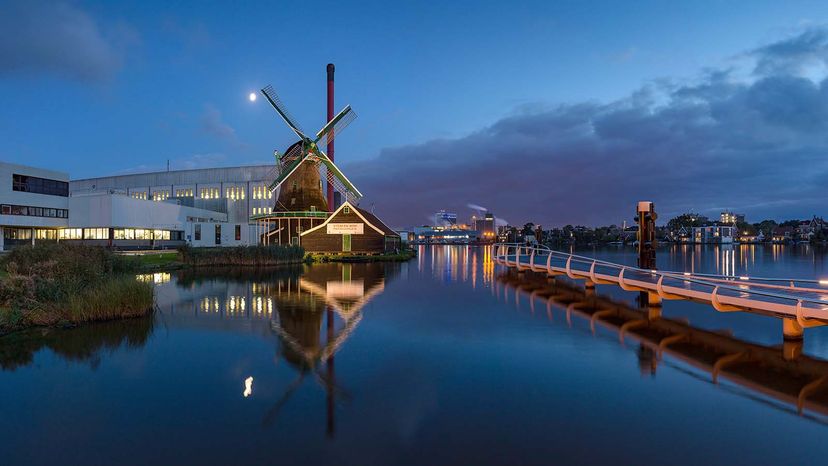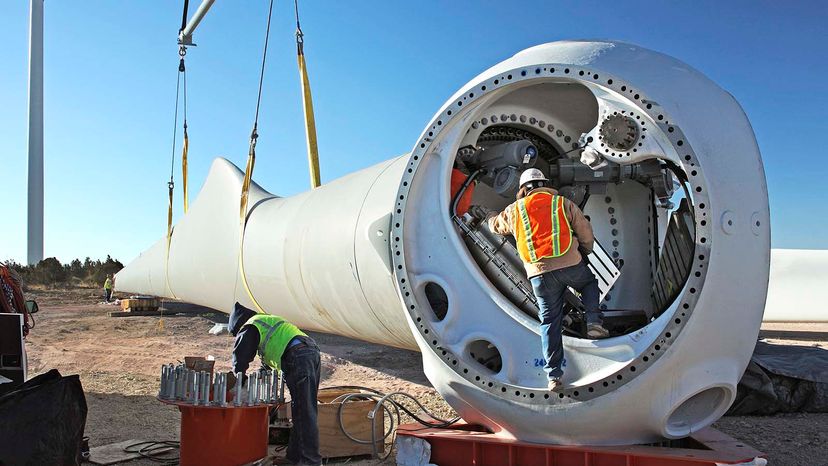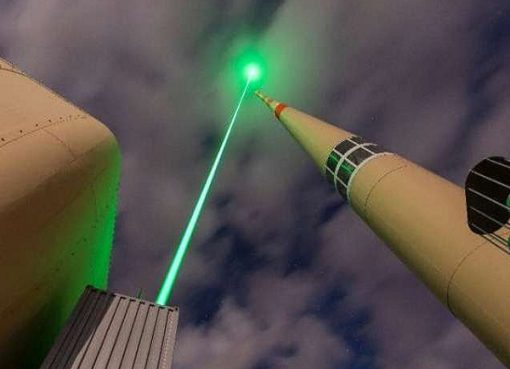As the wind blows, so too do the vanes of windmills and wind turbines. These massive vaned machines have been around for over 1,000 years, with the first windmills appearing in Persia around 800 C.E.
These early windmills were used for exactly what their name implies — they were mills run by wind. Wind would spin the vanes, or blades, of the windmill, rotating a center shaft, which would then spin a grain mill, usually made of large, flat stones, to produce flour and other grain products. These windmills served another vital purpose too — pumping water to cities and houses. Rather than spinning a grain mill, the rotation of the windmill could be used to drive a pump.
“A wind turbine in the United States is around 280 feet (85 meters) tall, whereas the older windmill typically wouldn’t top 80 feet (24 meters),” says James Herzing, engineer and award-winning host of the Unprofessional Engineering podcast, in an email interview. “The size of the sails or blades is another big difference. Windmills are traditionally measured by wheel diameter, and it isn’t uncommon to see an 8-foot (2-meter) windmill, where 8 feet is measured across the blades. Wind turbines, on the other hand, can have a single blade well over 100 feet (30 meters).”
How Windmills Work
While windmills are some of the oldest and most vital machines to civilization and generally are used to pump water or mill grain, they do have some other functional differences to the much newer wind turbine technology.
The blades of a windmill are close to the ground and thus must harness air currents near the ground to spin. Since wind currents are generally less near Earth’s surface than they are in higher atmospheres, windmills must have larger blades to catch as much wind as possible.
While windmills have been around since 800 C.E. or so, they really spread in popularity in the mid-1800s. Sparked by the Industrial Revolution in the decades following 1850, more than 6 million mechanical windmills were installed in the U.S. alone to power pumps and factories and serve other energy needs.

As windmill were being popularized throughout modern industry, another invention was being developed and refined as well: the generator.
Rather than only being able to use a windmill when the wind was blowing, a generator would allow rotational energy to be stored by converting it into electricity. Thus, the development of wind turbines was the next step in perfecting wind energy harnessing devices.
How Wind Turbines Work
To catch stronger air currents, a wind turbine reaches hundreds of feet higher into the sky than a windmill does. It uses the same functional principles as a windmill – turning wind into rotational energy – but what it does next is different. Wind turbines have generators inside of them, usually directly connected to a spinning vane rod. By spinning the generator, an electric current is produced which can be used to charge batteries, feed into the grid, or run electronic devices directly. The best way to understand how this works is by considering a motor, but in reverse. An electric motor uses electricity to create motion, while a wind turbine uses motion to produce electricity.
More specifically, the blades of a wind turbine capture the kinetic energy – energy created by motion – of the wind and transform it into rotational energy. This rotational energy is then fed through a series of gears to increase the speed of a generator.

These turbines generally start producing energy at wind speeds of 5 to 10 miles per hour (8 to 16 kilometers per hour) and shut off at high speeds near 60 mph (96 kph) so they don’t malfunction or damage themselves, according to the American Wind Energy Association.
While wind turbines do produce electricity, they aren’t technically as efficient as windmills. Wind turbines have a maximum efficiency of 59 percent, something known as the Betz limit. This is due to the inability to harness all of the wind’s energy and inefficiencies in converting rotational energy into mechanical energy.
From Ancient Technology to Future Energy
Even with their inefficiencies, wind turbines are the wind-harnessing and electricity-creating way of the future. James says that he “see[s] wind turbine as an integral part of reducing, and eventually, eliminating our dependency on carbon fuels. A typical wind project repays its carbon footprint within six months, providing decades of zero-emission energy. In fact, some countries such as Scotland have already invested enough in wind energy that it can produce enough power to fuel two Scotlands!”
In 2018, wind generated roughly 5 percent of global electricity, making it the second largest renewable source, behind hydropower. From the windmill’s first use as the mechanical backbone of early Persian and Chinese civilization, to today’s massive wind turbines, the underlying technology is here to stay.
Source: .howstuffworks










